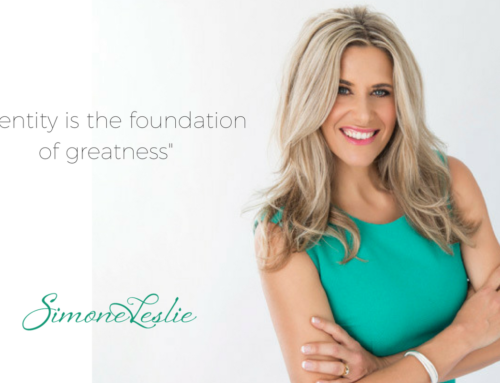6 Steps to overcome it!
A newborn baby has only two innate fears; falling and loud noises. Every other fear over our lifetime we learn. What’s interesting is when we question, “Is this fear beneficial?”
As humans we are wired by default to survive, live & multiply. Hence, fear is a hard wired powerful protection instinct of the human brain, to carry out this default setting.
But have we taken it too far? Are we limiting our potential, success and ultimate happiness due to unnecessary & irrational fears?
The “Little Albert” experiment done in 1920 exposed a 9 month old baby boy to various live furry animal stimulants as well as masks, (with and without beards). The initial response was neutral to all stimuli. “Albert” was then given a white rat to play with. He was quite content to do so.
Once, directly after the boy was given the rat, a loud sound was made which startled little Albert and he began to cry. The next time the boy was given the rat, the sound was repeated. Again the boy began to cry. The following time when the boy saw the rat being offered to him he began to cry even without the sound. Each progressive time the boy was presented with the white rat, (minus the sound), he became deeply distressed. Over time his fear had generalised to most fluffy creatures, coats and beards.
With this traumatic experiment we see how the brain’s protective instinct has firstly attached the fear of loud noise, (auditory), to the white rat, (visual). Secondly we see how it has generalised the initial specific incident of the white rat, to most other furry creatures even fur coats, hats & beards.
We can see from young Albert that our brains need to attach the sense fear to something, (this may or may not be the actual source). Hence we may be afraid of something that has no potential to harm us. Also when we generalise our fears as Albert went from one specific white rat to all furry creatures, even coats, hats and beards, we dramatically limit our environment to feel safe, secure, fulfilled and happy.
In todays terms we may see that Jane at the age of 7 decided to do a concert for some school children in the playground. They in turn laughed and teased her which made Jane feel completely embarrassed, rejected, hurt & like she’d failed. Growing up Jane generalised that one school incident to all performances, appraisals & interviews. Shying away from any promotion opportunities or stepping out into new realms for fear of rejection, embarrassment, failure & hurt.
This left Jane desperately wanting more out of life yet stuck in fear of “what if”.
There are several ways to “deconstruct” our irrational & un-serving fears from our Neural Programming. One of which is simply to move through them.
- From a nurturing perspective seek to understand what that fear is trying to give you, (it will be attempting protection from something).
- Make a list of the worst things that could happen if you went ahead anyway.
- Analyse the list, is it really that bad?
- List all the good things that could possibly happen if you went ahead.
- Take my rocking chair test: Imagine you are well into your 80’s sitting on a porch in your rocking chair. If you didn’t step out, would you have regrets now?
- Ask yourself, “is there anything I need that would help me to move through this fear?” (e.g. courage, wisdom, love, self belief etc). Then imagine someone you know of who has this trait. Visualize them giving more than you need to you. Breathe and feel what it would feel like if you had that gift right now.
Now, just give it a go, you are more than worth it!




Leave A Comment